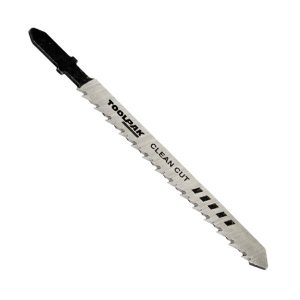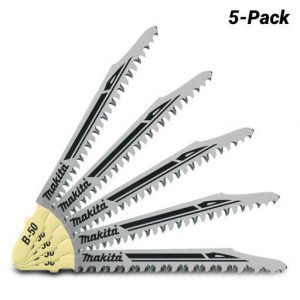Share This Article
One of the most important considerations is the number of blade teeth per inch of blade thickness. The majority of woodcutting blades have 12 teeth per inch, although metal-cutting blades can have up to 36 teeth per inch in some cases. In general, the fewer teeth on a blade, the faster the blade will cut through material. Blades with fewer teeth, on the other hand, produce a harsher cut.
Which type of jigsaw blade offers the cleanest cut?
Carbide blades are a good option to wood if you need to cut through a variety of different materials in addition to wood. Stainless steel, tile, and even glass are among the surfaces that they are compatible with. High carbon steel blades are the finest choice for cutting through goods made of a soft substance since they provide the most power.
Total price: £3.37
What is TPI on jigsaw blades?
The number of teeth on a blade per inch is referred to as the TPI. If you want to cut wood or other soft materials, you’ll need a blade with a TPI ranging from 6 to 20. TPI values ranging from 14 to 36 are better appropriate for tougher materials such as metal. The number of teeth on the blade can be found on the blade itself.
Can a jigsaw cut clean?
Due to the fact that they do not overlap, the top-side of the material is very cleanly cut, while the underside of the material has very little splintering. Always keep in mind that your jigsaw blade can only cut in one direction: up through the material and onto the side of the material where your jigsaw is running. This is very important to remember.
knives with fewer teeth will create a faster, rougher cut in general, whereas blades with more teeth will cut more slowly but will provide a nicer end product in general. Wood and plywood are both soft materials, and cutting them with a jigsaw blade with an edge TPI ranging from 6 to 20 is the most effective means of cutting them. We hope this article was useful and you found the answers to your questions. To find the most suitable jigsaw blades just visit the Diy Direct website.


